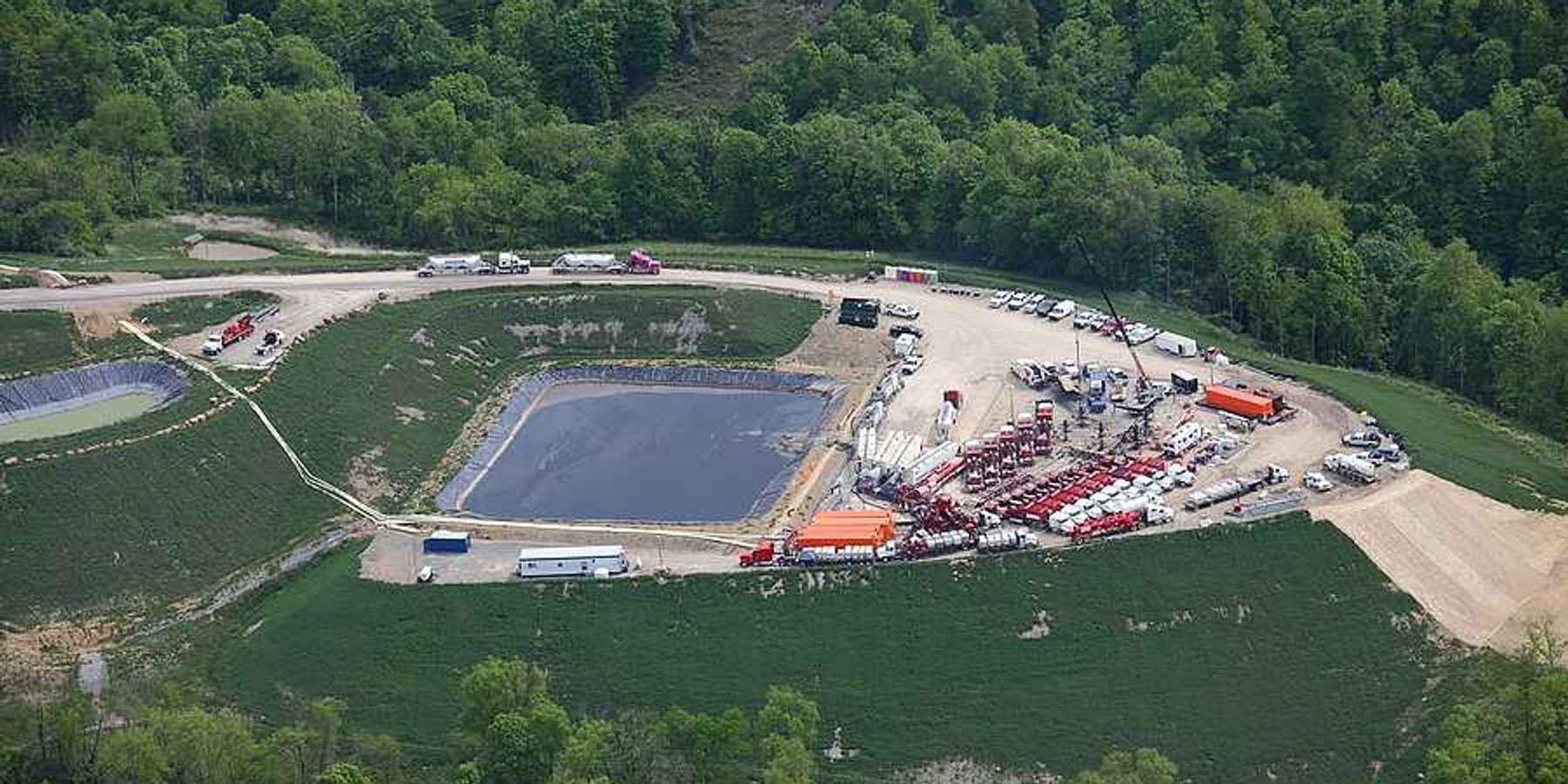Zeldin tours the U.S. to promote EPA partnerships as deep cuts loom
U.S. Environmental Protection Agency Administrator Lee Zeldin is traveling the country promoting federal collaboration with states and industry, even as he moves to slash the agency’s budget and roll back regulations.
Miranda Willson reports for E&E News.
In short:
- Since January, Zeldin has visited over a dozen states and multiple Superfund and disaster sites, promoting a “back-to-basics” approach while proposing steep EPA budget and staffing cuts.
- He’s met with both Democratic and Republican officials as well as business groups, focusing on energy, water, and permitting issues, while avoiding partisan rhetoric on the ground.
- Despite pledges to support local needs, critics question the agency’s ability to deliver amid a proposed 65% budget cut and potential elimination of EPA’s research office.
Key quote:
“It’s great to go out and talk and do things, but if you don’t have staffing and money to do them, that’s pretty meaningless in the long run.”
— Christine Todd Whitman, former EPA administrator under former President George W. Bush
Why this matters:
The EPA plays a critical role in protecting public health and the environment, from cleaning up hazardous waste sites to enforcing air and water quality standards. Its Office of Research and Development provides the scientific foundation for these protections, guiding decisions on everything from emerging contaminants like PFAS to disaster response strategies. As wildfires, industrial pollution, and aging infrastructure strain communities, the EPA's ability to respond hinges on staffing, funding, and scientific expertise. While Zeldin’s outreach efforts are meant to indicate the agency's commitment to collaboration, slashing its core functions could shift the burden to states, many of which lack the resources to pick up the slack.
Read more: Federal environmental justice shutdown leaves rural communities at risk













